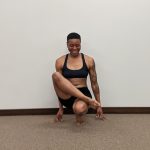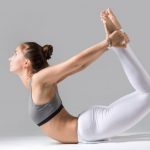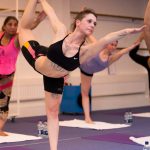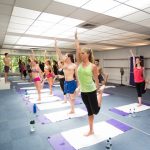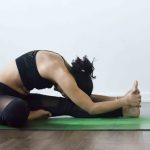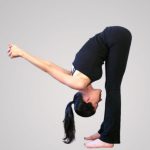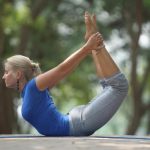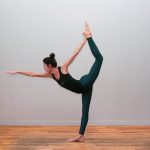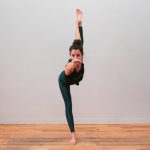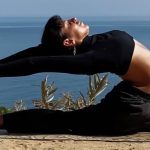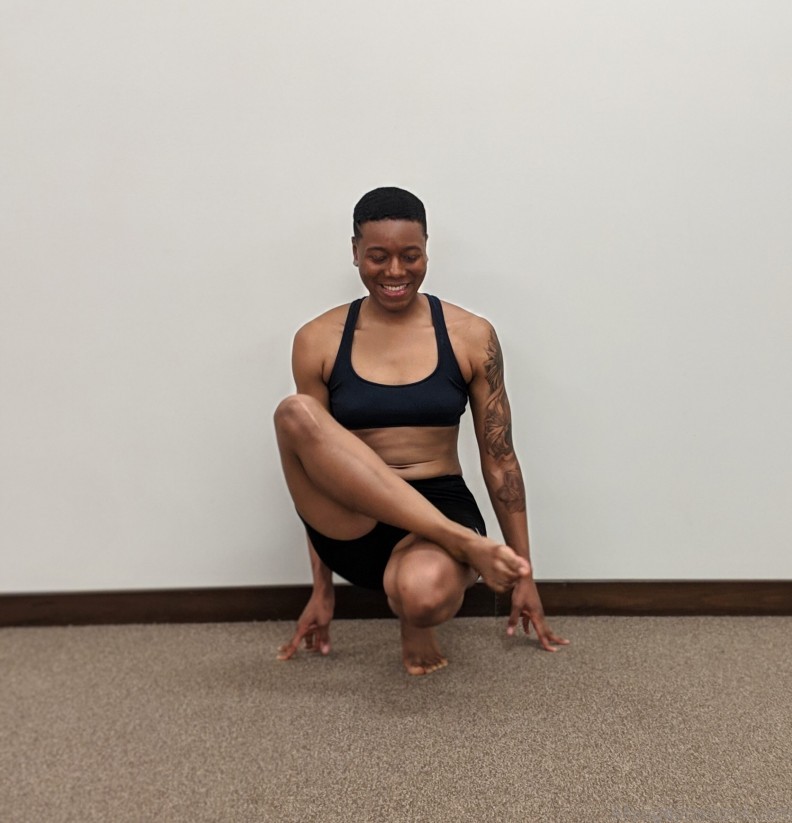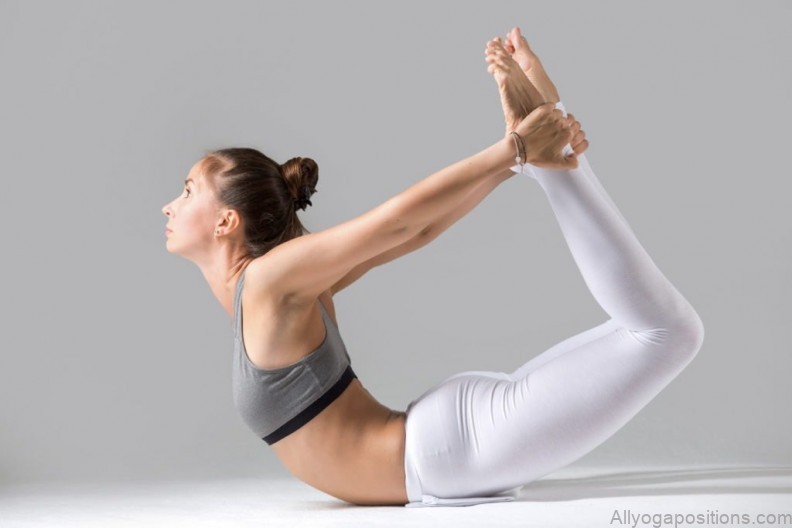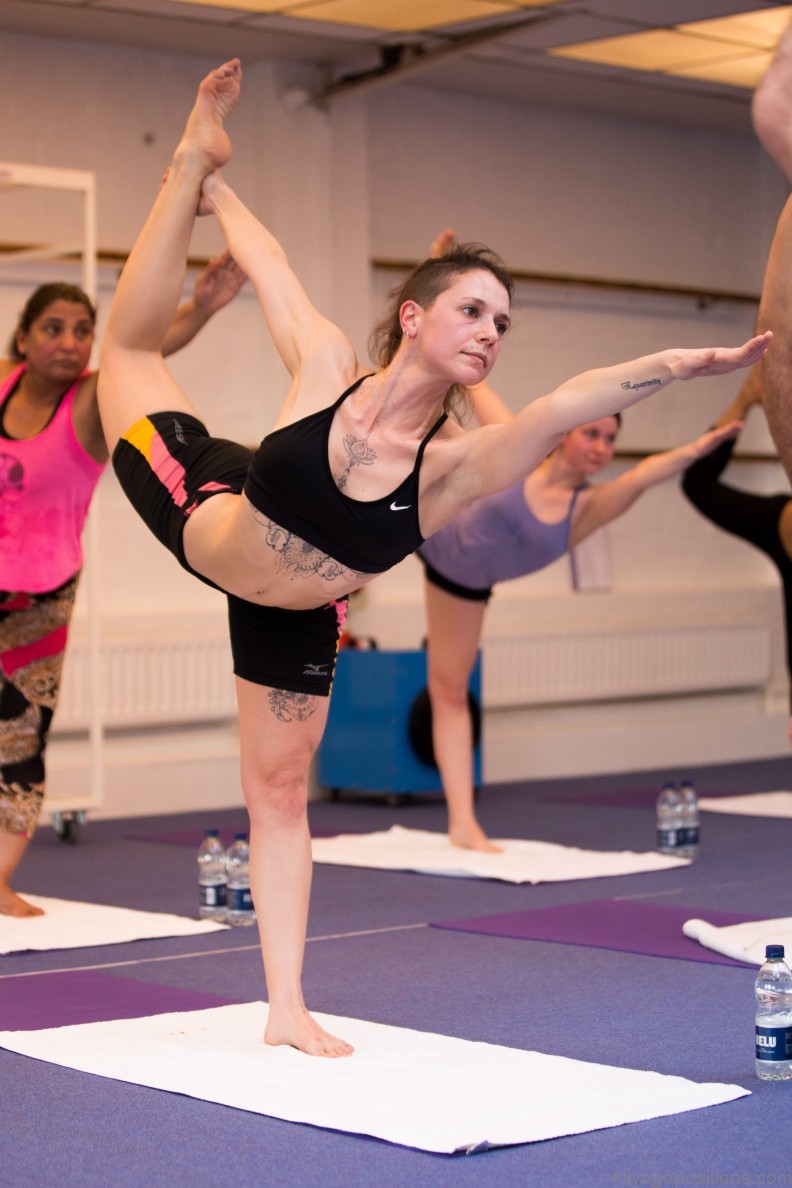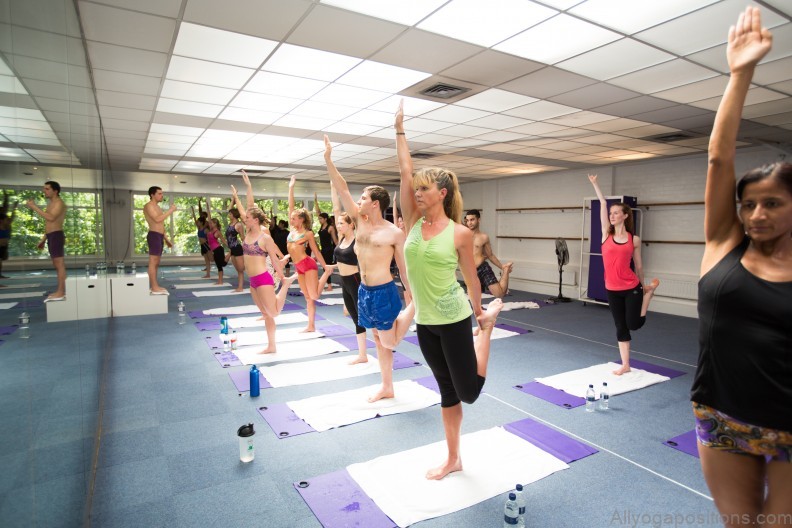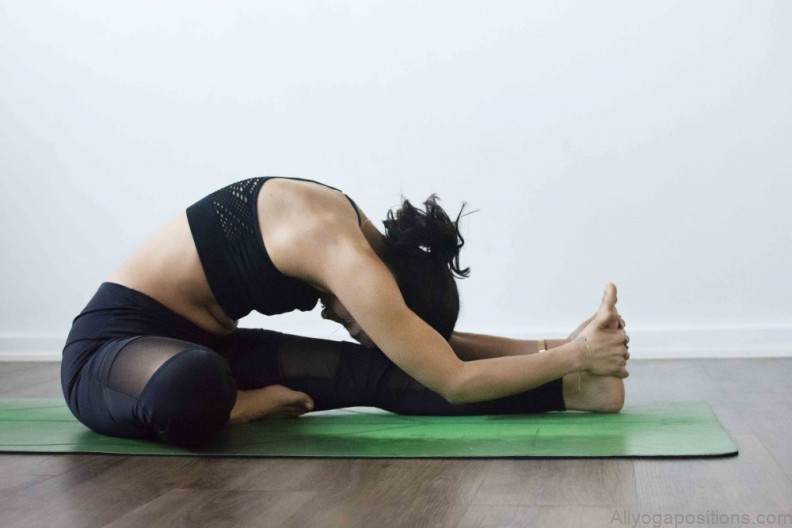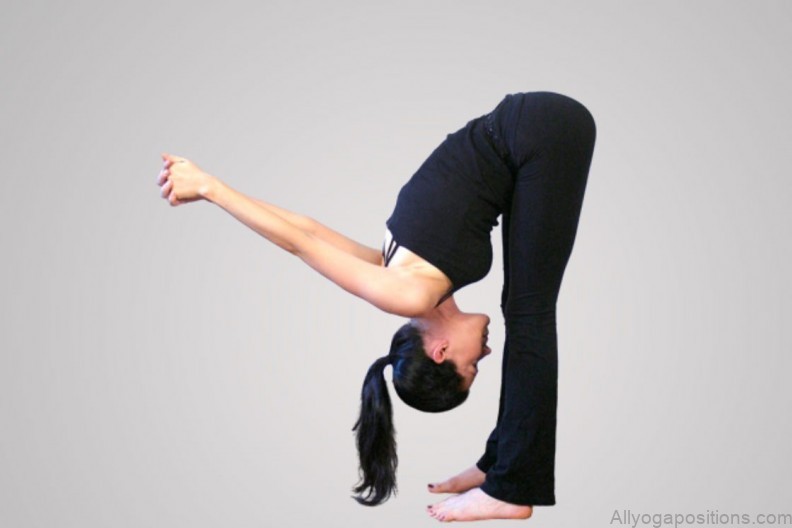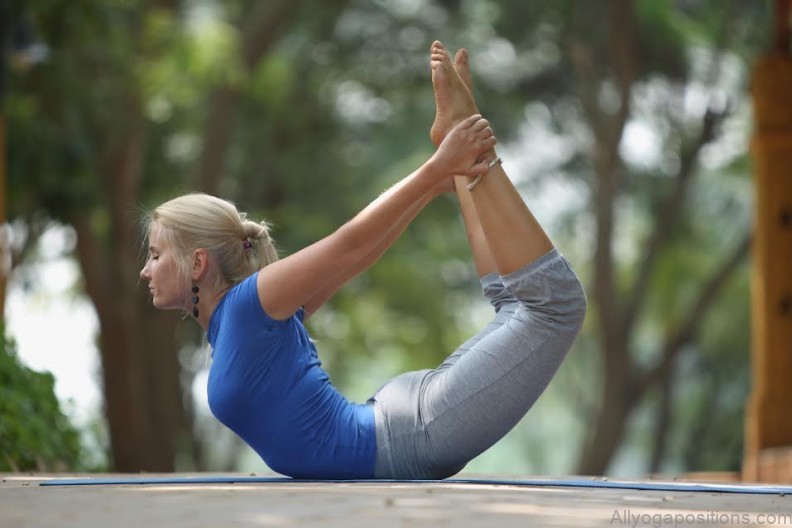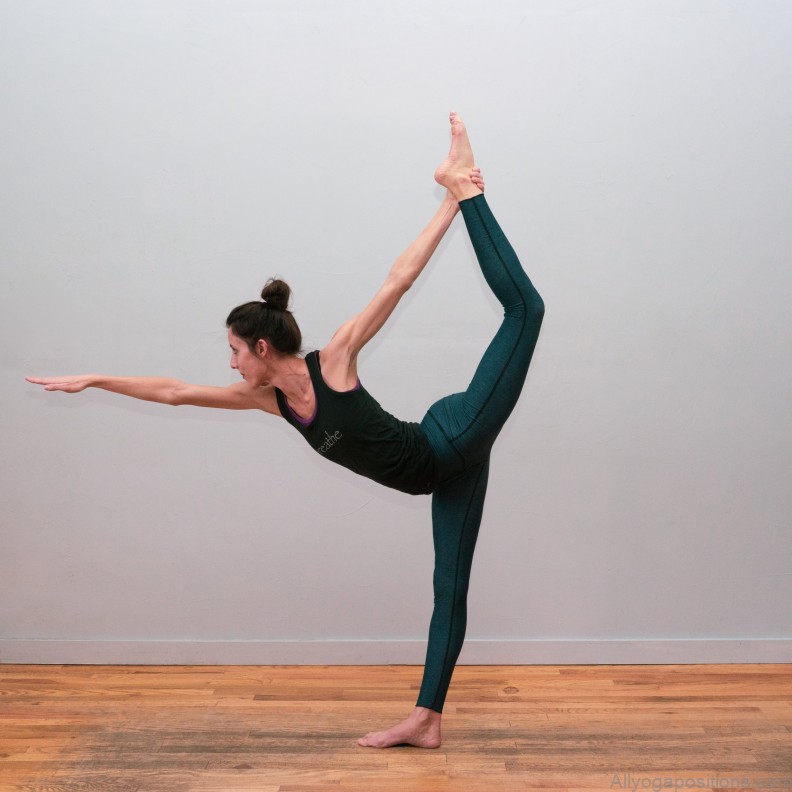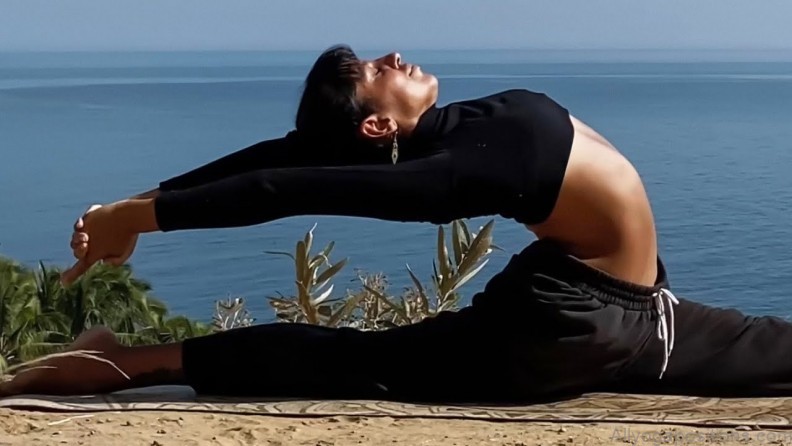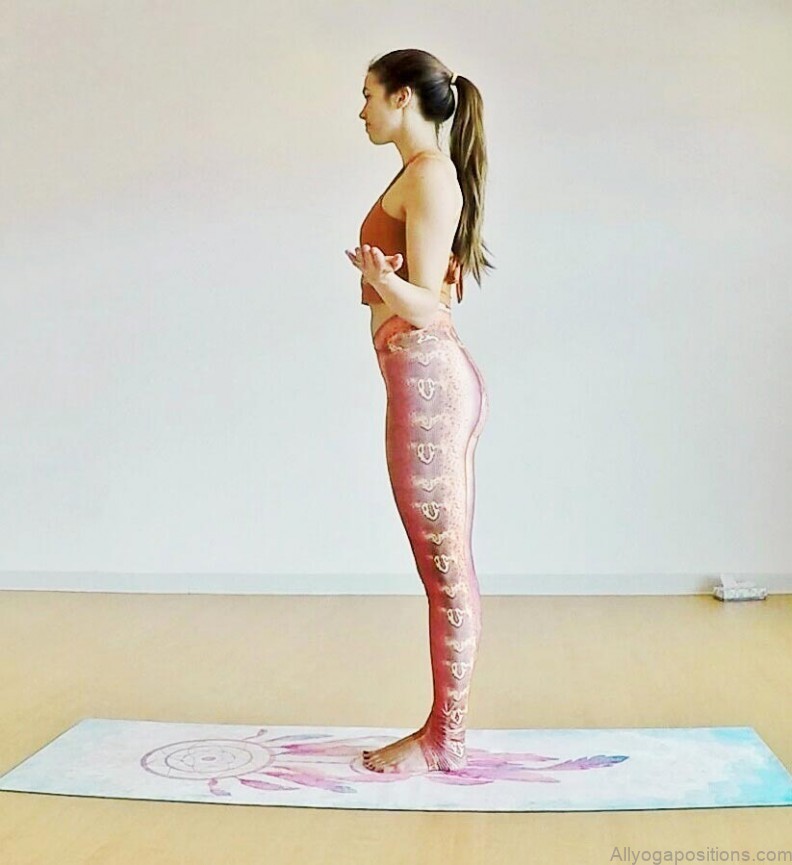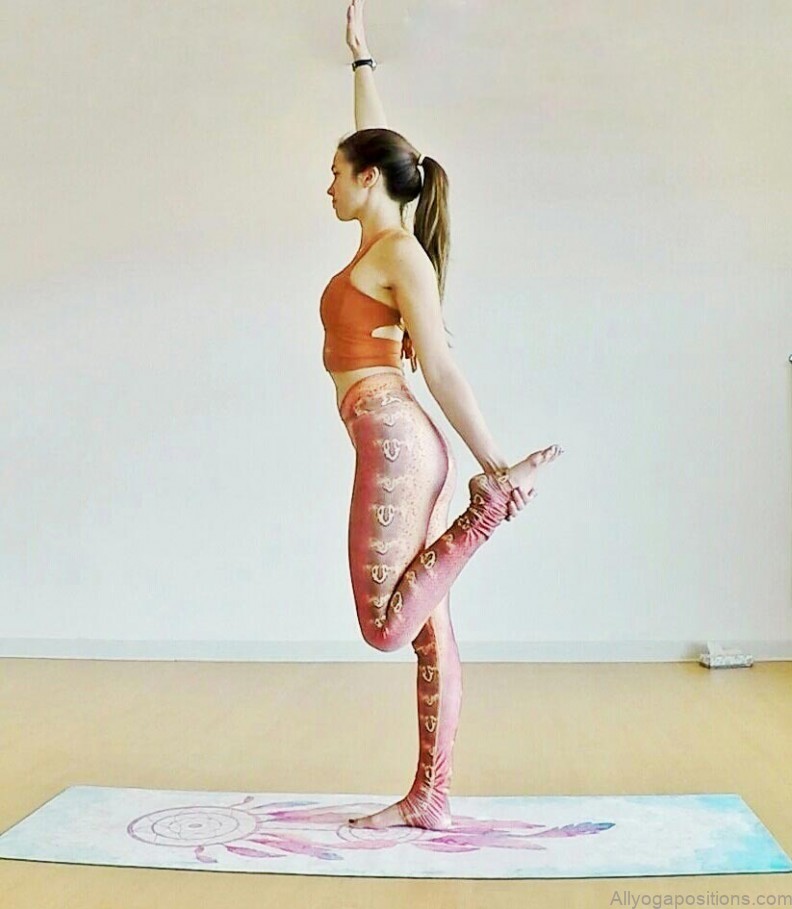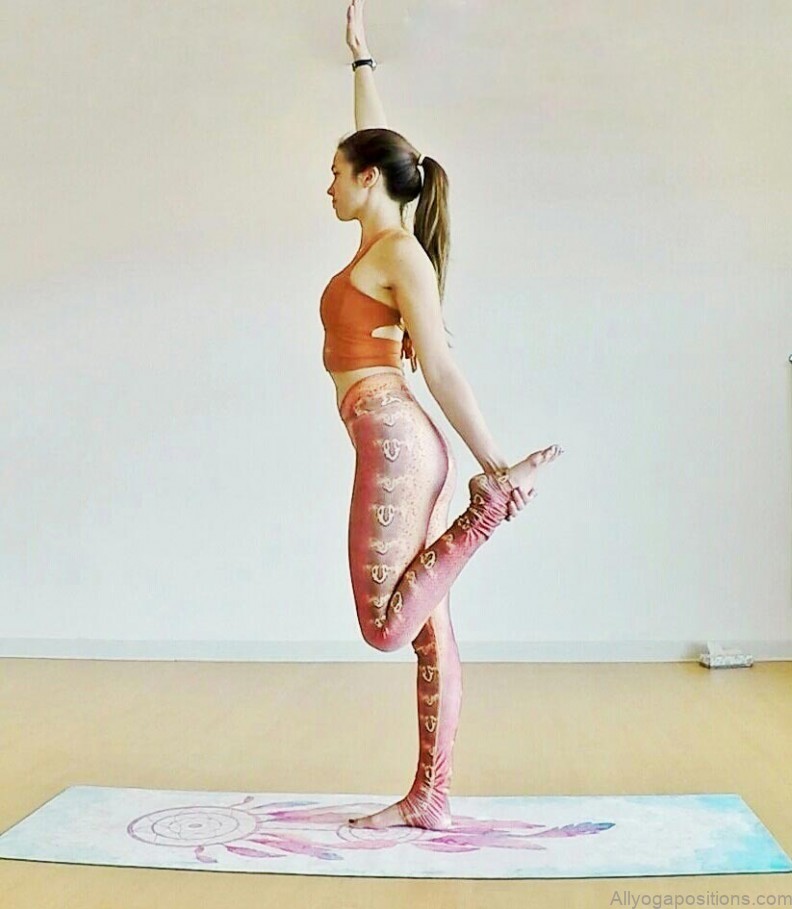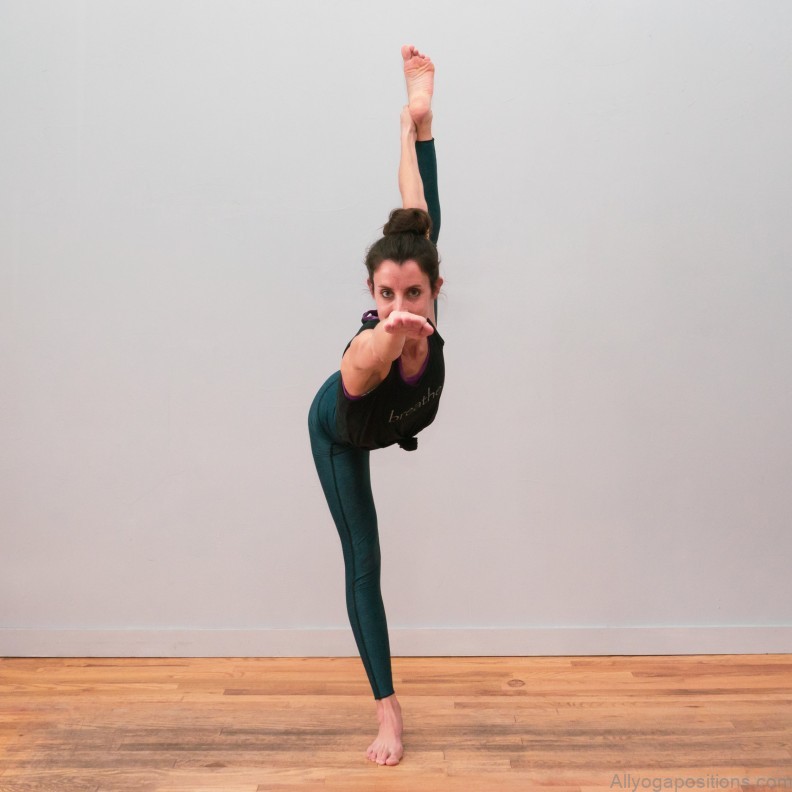Yoga, an ancient Indian practice, is a harmonious union of the mind, body, and soul. Every asana, or posture, has its distinct benefits and meanings. Among these, the Dandayamana Dhanurasana Yoga Pose stands out as a majestic embodiment of strength, balance, and flexibility. If you’re looking to explore this pose in depth, you’ve come to the right place!
Introduction
Dandayamana Dhanurasana, also known as the Standing Bow Pose, is not just a physical challenge but a symbol of perseverance and determination. Rooted in Sanskrit, ‘Dandayamana’ means ‘standing’, and ‘Dhanurasana’ translates to ‘bow pose’. Combined, this asana represents the art of standing while emulating the shape of a bow. This pose engages the entire body, offering a full-body stretch and strengthening multiple muscle groups.
The Art and Benefits of Dandayamana Dhanurasana Yoga Pose Photo Gallery
Main Body:
-
Physical Benefits of Dandayamana Dhanurasana
- Strengthening Core Muscles: Engaging the core is key in holding this posture. This, in turn, strengthens your abdominal muscles.
- Improves Balance: As a standing pose, Dandayamana Dhanurasana requires good balance, making it great for enhancing stability and coordination.
- Stretches the Back and Legs: The action of pulling your foot upwards gives a deep stretch to your thighs, abdomen, and chest while also providing a gentle stretch to the back.
-
Mental and Spiritual Rewards
- Boosts Concentration: Holding the Dandayamana Dhanurasana pose necessitates intense focus, thereby training your mind to concentrate.
- Relieves Stress: The full-body engagement in this asana diverts the mind from daily worries, creating a moment of mindfulness and relaxation.
- Promotes Determination: Mastering this pose is challenging, teaching practitioners the value of persistence and patience.
-
Preparation and Tips for Mastery
- Warm-Up: Like all advanced asanas, the Dandayamana Dhanurasana Yoga Pose requires a good warm-up. Engage in gentle stretches and a few rounds of Surya Namaskar (Sun Salutation) to prepare the body.
- Start Slow: If you’re a beginner, don’t be disheartened if you don’t achieve the full pose immediately. Start by holding onto a support until you build balance and strength.
- Engage Your Core: Always remember to engage your core muscles to avoid straining the back.
-
Modifications and Variations
- Use of Props: Beginners can use a strap looped around the ankle to help in holding the foot.
- Partial Pose: If raising the foot too high is challenging, aim for a height that’s comfortable, focusing more on balance.
Conclusion
The Dandayamana Dhanurasana Yoga Pose is a journey of physical strength, mental focus, and spiritual elevation. Like any other journey, it’s filled with challenges and moments of self-doubt. However, with patience and practice, the rewards are immense. The pose not only sculpts the body but also molds the mind. We invite you to give it a try and embrace the journey. Feel free to share your experiences, challenges, or tips in the comments below. Your insights will undoubtedly inspire and assist fellow practitioners.
FAQs (Frequently Asked Questions)
- Is Dandayamana Dhanurasana suitable for beginners?
- Yes, but it might require some modifications. Start with support or try partial poses until you build the necessary strength.
- I have a back issue. Can I practice this pose?
- Always consult with a medical professional before practicing any yoga pose if you have existing health concerns.
- How long should I hold the pose?
- Beginners can aim for 10-15 seconds, gradually increasing the duration as they become more comfortable.
- Why is my balance shaky while attempting the pose?
- Balance comes with practice. Focus on a fixed point in front of you, engage your core, and ensure even weight distribution on the standing foot.
- Can I practice Dandayamana Dhanurasana during pregnancy?
- It’s crucial to consult with your doctor and a certified yoga instructor if you’re pregnant and wish to practice this asana.
Table of Contents
Maybe You Like Them Too
- Mastering Virabhadrasana A: The Warrior Pose of Empowerment
- Embracing the Essence of Wide Legged Forward Bend: A Deep Dive
- Unlocking the Power of Prasarita Padottanasana: The Wide-Legged Forward Bend
- The Power and Elegance of the Wide Legged Forward Bend II Yoga Pose
- Mastering the Warrior II Pose: A Deep Dive into Its Benefits and Techniques

